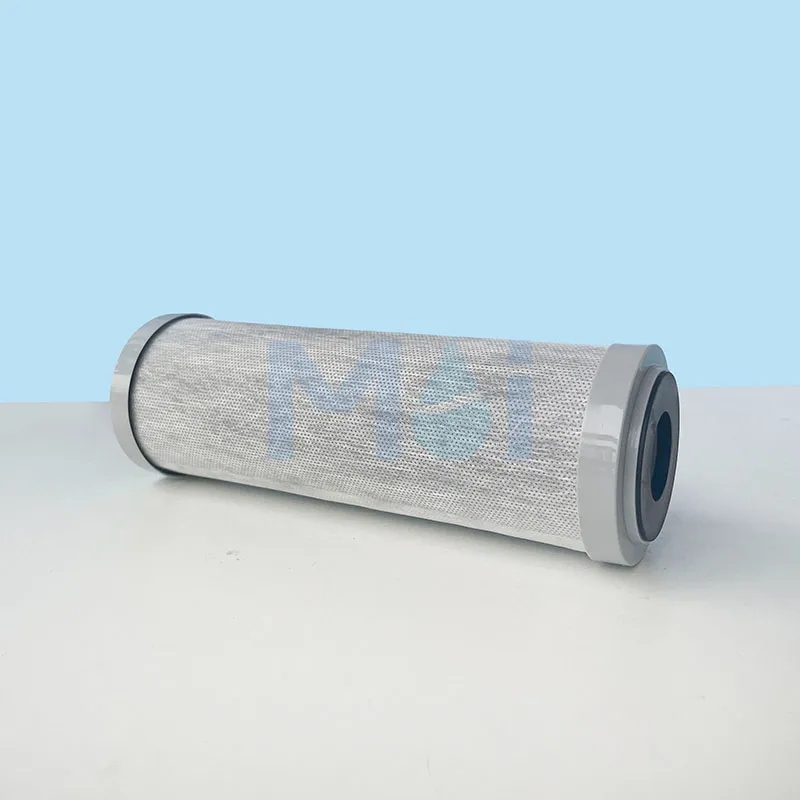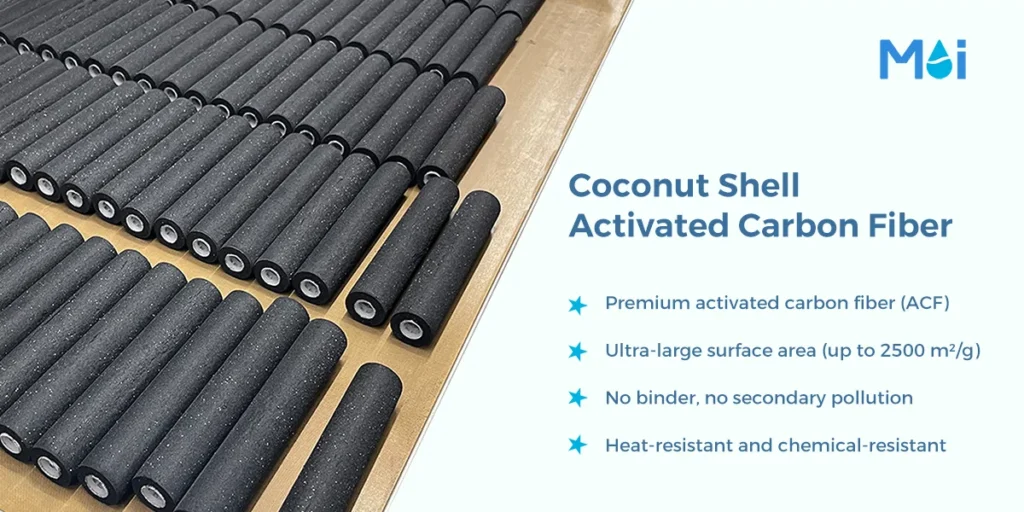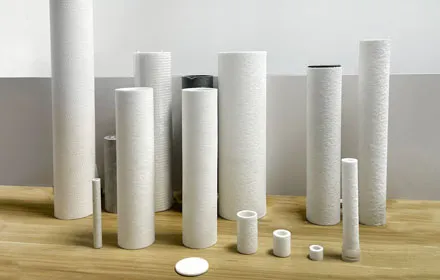Think about this: You spend a summer in a village, drinking fresh spring water that tastes clean and natural. Then you go back to the city. The moment you turn on the tap, you smell something strange, and the water tastes… off. Not quite right.
That odd smell? Usually, it’s chlorine. Cities add it to tap water to kill germs and keep it safe. But while it does the job, it can leave a bad aftertaste.
That’s where an activated carbon filter helps. It’s a simple, no-chemicals-needed way to remove chlorine and other impurities from your water. The result? Water that tastes cleaner and fresher-just how it should.
What Activated Carbon Actually Does

At its core, activated carbon works like a sponge—but at a microscopic level. Its surface is full of tiny pores that attract and hold impurities. In everyday use, this means:
- Chlorine and chloramine reduction → fresher, cleaner taste.
- Odor removal → no more “swimming pool” smell from tap water.
- Organic chemical adsorption → protection against common pesticides and industrial residues.
- Control of disinfection by-products (DBPs) → lowering potential long-term health risks.
NSF/ANSI Certifications for Activated Carbon Water Filters
Not every filter performs the same way. That’s why independent testing is essential. NSF/ANSI certifications are the most widely recognized international benchmarks for water filtration.
Here’s how the three main standards compare:
| Standard | Contaminant Type | Examples | Recommended Media | Notes |
| 42 | Chlorine | Tap water chlorine | GAC/Block (Activated Carbon) | Removes chlorine, improves taste & odor. |
| Taste & Odor | Earthy, musty smell | Activated Carbon | Adsorbs organics, causing off-taste/odor. | |
| Particulates/Turbidity | Rust, silt, sediment | Mechanical Filtration, MF | Improves clarity by physical filtration. | |
| Color: Iron/Manganese | Rusty water, Fe/Mn ions | Oxidation/Catalytic Media | Oxidizes & filters precipitates. | |
| 53 | Heavy Metals | Lead, Mercury, Chromium, Cadmium | ACF Carbon + Ion Exchange Resins | Resins remove dissolved metals; carbon aids adsorption. |
| VOCs | Benzene, TCE, Chloroform | Activated Carbon | Adsorbs VOCs, lowers health risks. | |
| Cysts | Cryptosporidium, Giardia | MF/UF, Ceramic Filters | Physically removes pathogenic cysts. | |
| Asbestos | Asbestos fibers | Fine Filtration ≤1 µm | Removed via fine pore size. | |
| DBPs/THMs | THMs: Chloroform, Bromoform | Activated Carbon | Adsorbs DBPs, reduces carcinogenic risk. | |
| Nitrate/Nitrite | NO3-, NO2- | Anion Exchange Resins | Selective removal of anions. | |
| 53/401 | PFAS | PFOA, PFOS | Carbon, Ion Exchange, NF/RO | Carbon is effective for long-chain, NF/RO/resins for short-chain. |
| 401 | Pharmaceuticals | Antibiotics, painkillers, hormones | Carbon, NF/RO | Adsorbs or rejects pharmaceutical residues. |
| Pesticides/Herbicides | Atrazine, Glyphosate | Carbon, NF/RO, Modified Adsorbents | Carbon effective, NF/RO for persistent ones. | |
| Emerging Organics | Caffeine, sweeteners, PPCPs | Carbon, NF/RO | Carbon removes most; NF/RO is more thorough. | |
| Microplastics | Plastic particles, fibers >0.1 µm | MF/UF, NF/RO | MF/UF blocks particles; NF/RO removes nano-sized. |
This comparison shows that while NSF/ANSI 42 focuses mainly on improving taste and odor, NSF/ANSI 53 targets contaminants with health impacts, and NSF/ANSI 401 addresses newer concerns like pharmaceuticals and chemicals found in modern water supplies.
Practical Benefits of Under-Sink Activated Carbon Filter Cartridges
Activated carbon filters aren’t about fancy technology. Their strength is in everyday benefits:
- Better-tasting water straight from the tap – no need for bottled water.
- Simple maintenance – filter cartridges are easy to replace.
- Cost savings over time – one filter can treat hundreds of liters.
- Peace of mind – backed by testing, not just marketing claims.
Damai’s Expertise in Activated Carbon Filter Cartridges
At Damai, we specialize in the production of customized filter cartridges for water purification systems. Our activated carbon cartridges are designed for compatibility with under-sink water purifiers and other applications. We support OEM/ODM requirements and can manufacture products that meet NSF/ANSI 42 and 53.


